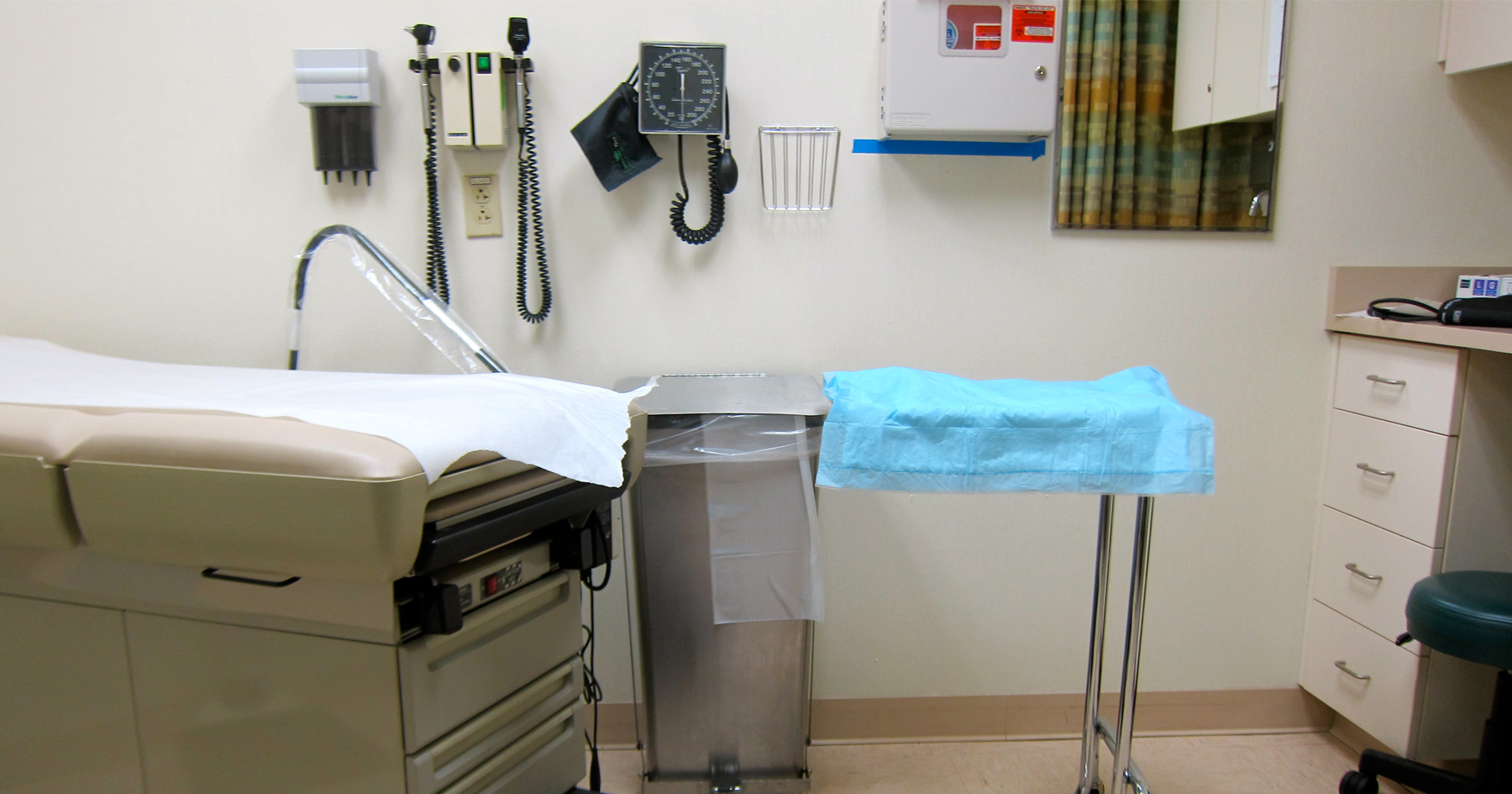How Doctors Can Tell If You're Looking for Drugs

By:
One way that prescription drug abuse differs from other forms of addiction is that those who become dependent on pills aren't necessarily limited to the black market when they're trying to obtain drugs. In some cases, they can go straight to the source: the doctor's office.
 Pixabay - pixabay.com
Pixabay - pixabay.com
So as rates of prescription drug abuse continue to climb in the U.S., how are doctors supposed to identify drug-seeking behavior?
I put that question to Casey Grover, an emergency medicine specialist, and Joshua Elder, a postdoctoral fellow at Yale University's Robert Wood Johnson Clinical Scholars Program, who also practices emergency medicine. They co-authored a 2012 study, published in the Western Journal of Emergency Medicine, that looked at the challenges associated with drug-seeking behavior.
What are the red flags doctors use to identify drug-seeking behavior?
 Flickr/Jennifer Morrow - flic.kr
Flickr/Jennifer Morrow - flic.kr
Elder listed some of the "classic" indicators of drug-seeking behavior. They include the following:
- Complaining of headaches.
- Complaining of back pain.
- Complaining of dental pain.
- Requesting medication by name.
- Requesting a refill of medications.
- Reporting medications as having been lost or stolen.
- Reporting 10 out of 10 pain.
- Reporting greater than 10 out of 10 pain.
- Reporting being out of medication.
- Requesting medications parentally, which essentially means intravenously.
But relying on these classic indicators is problematic. The study found that doctors were only able to successfully identify drug-seeking patients "a third of the time."
"It's basically a physician's gut feeling, almost, that a person is trying to get medication for non-therapeutic reasons — and it's really, really hard," Grover told ATTN:. "Really, what we're looking for is people trying to get medications because of addiction and not because of uncontrolled pain. And what makes it even more complicated is that the line between the two is extremely blurry."
If doctors can't rely on traditional indicators to identify drug-seeking patients, what needs to change?
 Wikimedia
Wikimedia
Prescription drug monitoring programs represent a potential solution. These statewide electronic systems are used by medical professionals — as well as law enforcement — to track and analyze substances that are being dispensed, and they can provide doctors with essential information about a patient's prescription history outside of their own clinic. The problem is, only nine states currently have these systems in place.
"Policies and procedures that can help arm physicians with information before they step into the room is going to have a very impactful presence, at least on the data that's been seen so far, in terms of identifying the right types of folk," Elder said.
"Our goal is not to be so suspicious of everyone that we're not treating peoples' pain. We want to treat people who need pain control. I think physicians are in a tough place where, even though the information systems exist out there, for a variety of reasons, many states have not implemented very robust systems that allow physicians to walk in with a very good background. We're very limited in our ability to know who this patient is, what their prior histories have been, and how to best help them."
